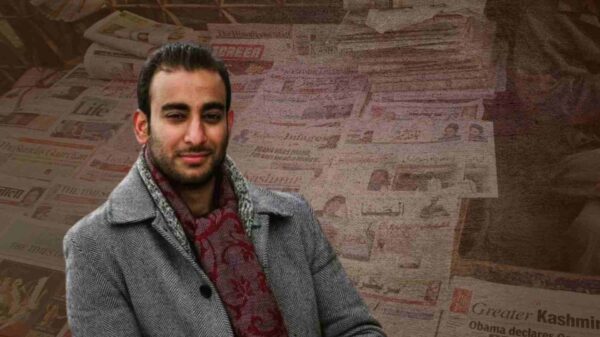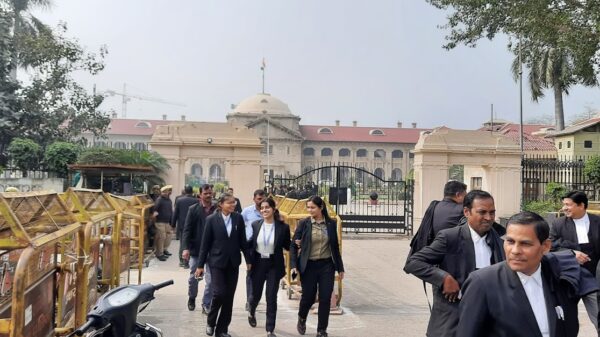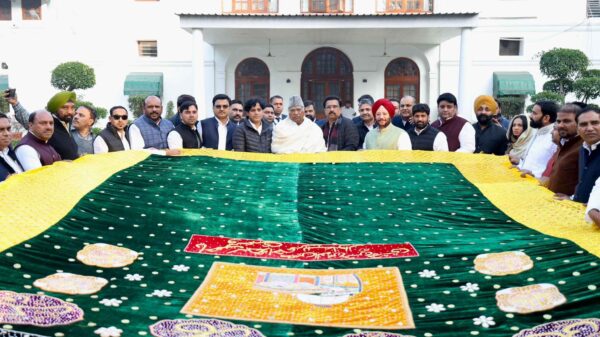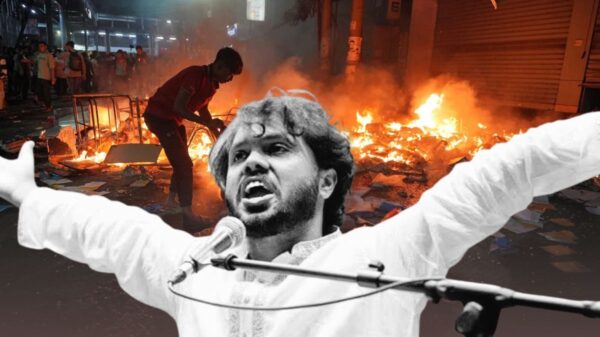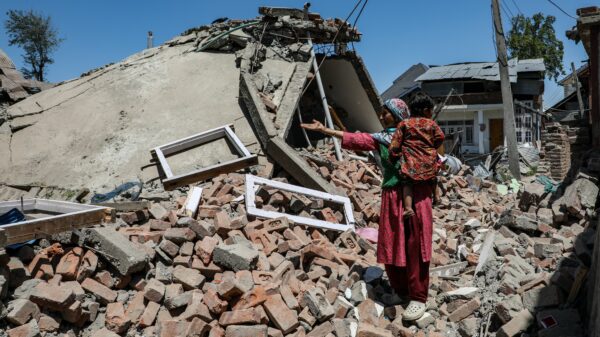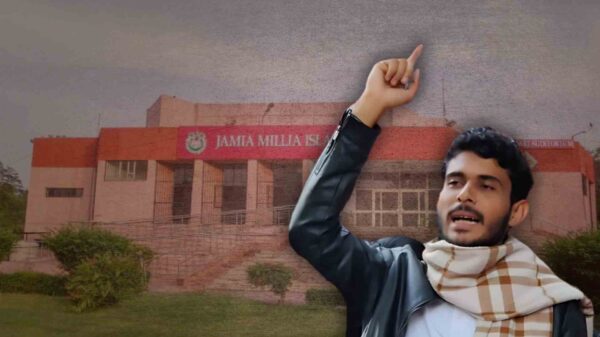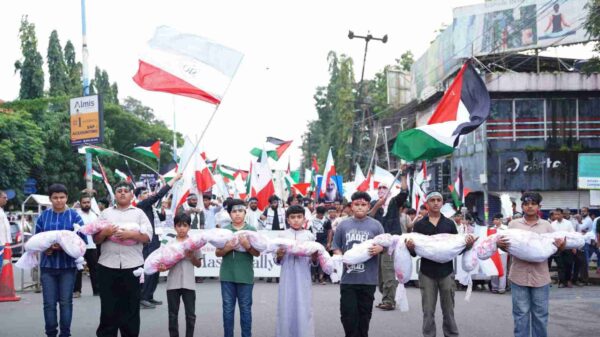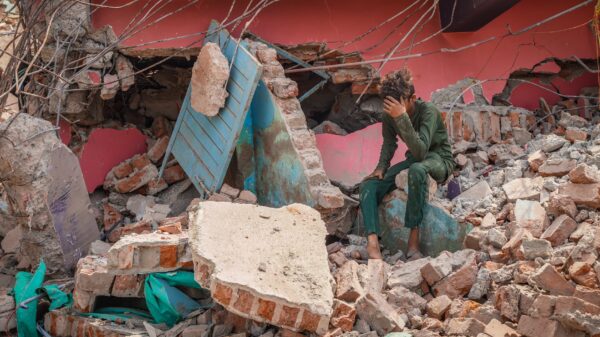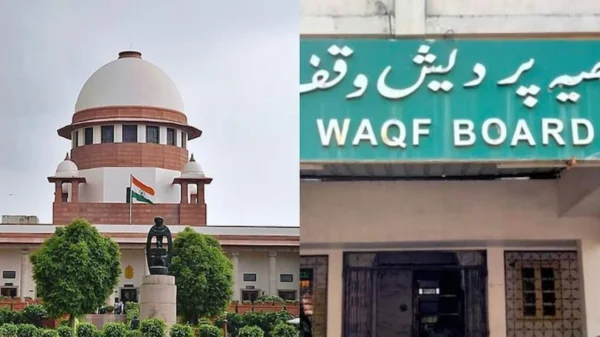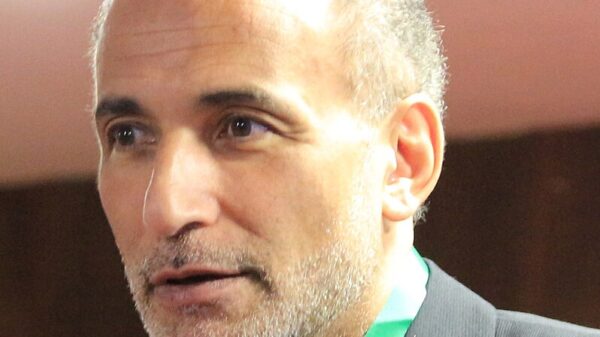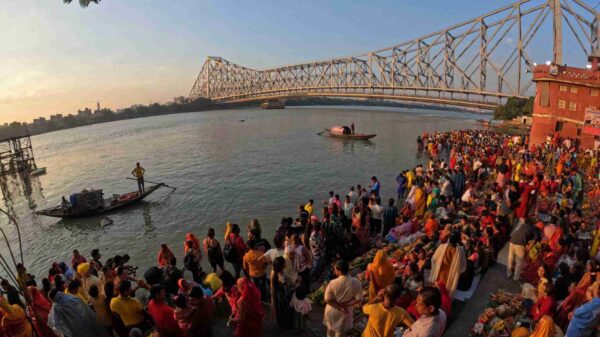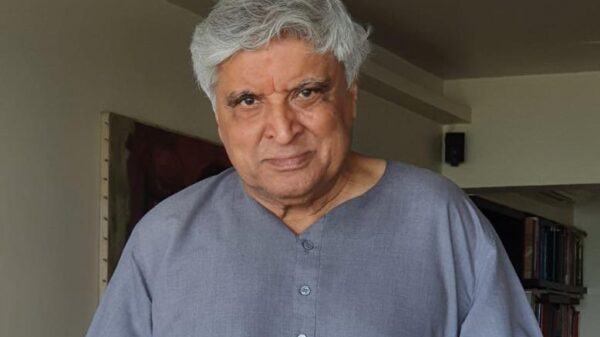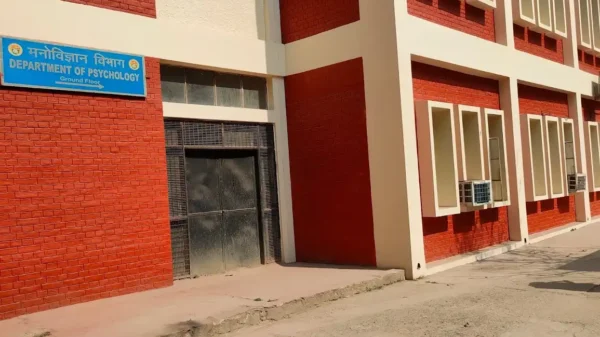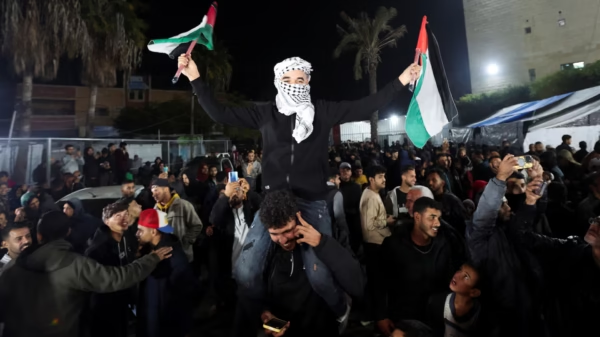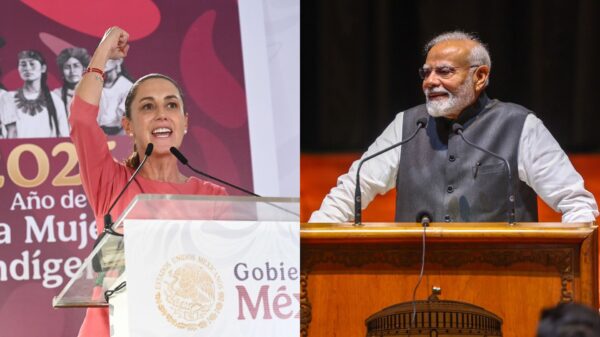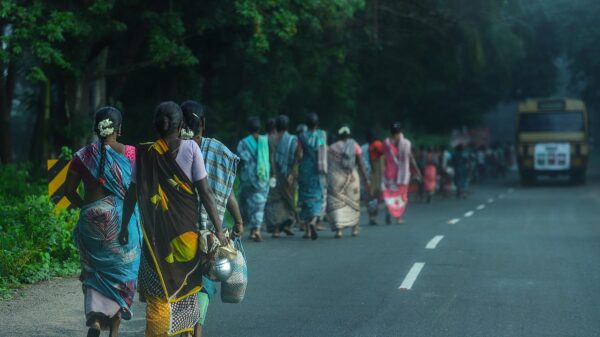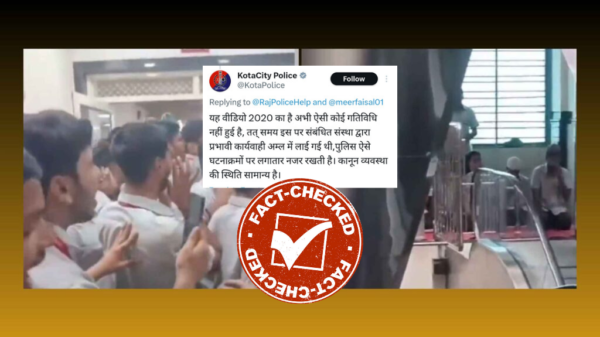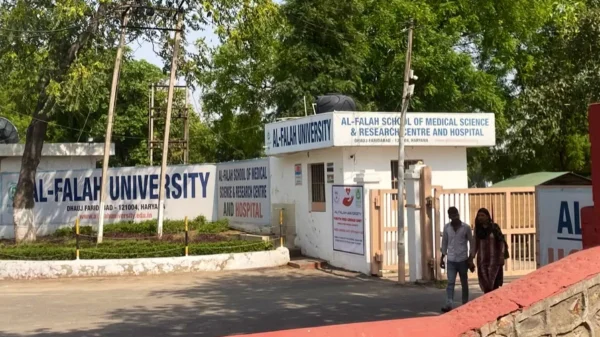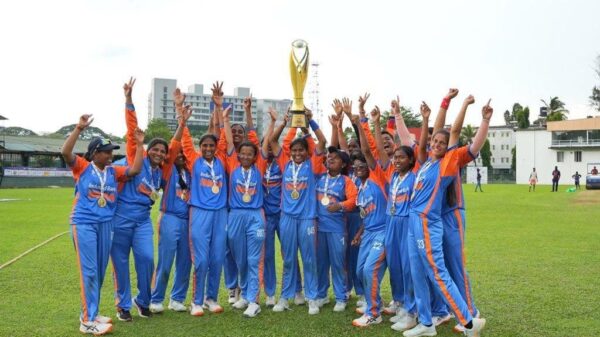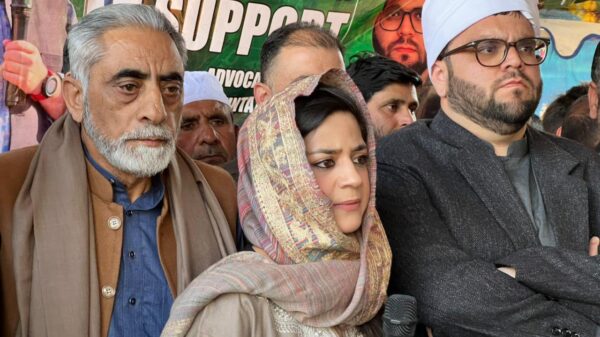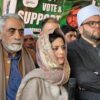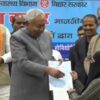In the 2025 Delhi Assembly elections, despite a major loss overall, Arvind Kejriwal’s Aam Aadmi Party (AAP) found some solace in retaining key seats dominated by Dalit and Muslim voters.
AAP won six out of seven Muslim-majority constituencies, including Babarpur and Okhla, areas known for past protests like those at Shaheen Bagh against the Citizenship Amendment Act (CAA) in 2020.
AAP had claimed all seven of these seats in 2020, and although they lost Mustafabad to the Bharatiya Janata Party (BJP), they still managed a strong performance in these regions.
Similarly, AAP performed well in Scheduled Caste (SC) reserved seats, winning eight out of the twelve. The BJP took the remaining four, with one significant win in Mangol Puri, where they secured a 5% margin.
Despite the victories, AAP’s margin in these seats fell compared to previous elections, especially in Ambedkar Nagar and Sultanpur Majra.
In contrast, Congress, which campaigned heavily in Muslim-majority areas, faced a crushing defeat.
The party failed to make headway, finishing far behind AAP in most constituencies.
While AAP’s overall results were disappointing with the party losing ground, including losses by top leaders like Kejriwal, Manish Sisodia, and Satyendra Jain, they held onto important seats, especially in areas with strong Dalit and Muslim populations.
However, their victory margins were notably smaller than before, highlighting the shift in voter sentiment across Delhi.
The BJP, which had a traditionally weak presence in these areas, increased its outreach, especially in slums, where many SC voters live. Their success in Mangol Puri and other regions indicates that their strategies might be starting to pay off, particularly with promises of basic services like water, sanitation, and housing.








